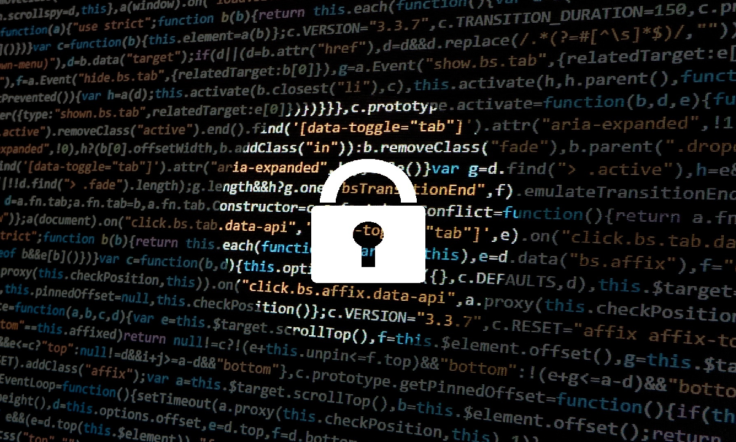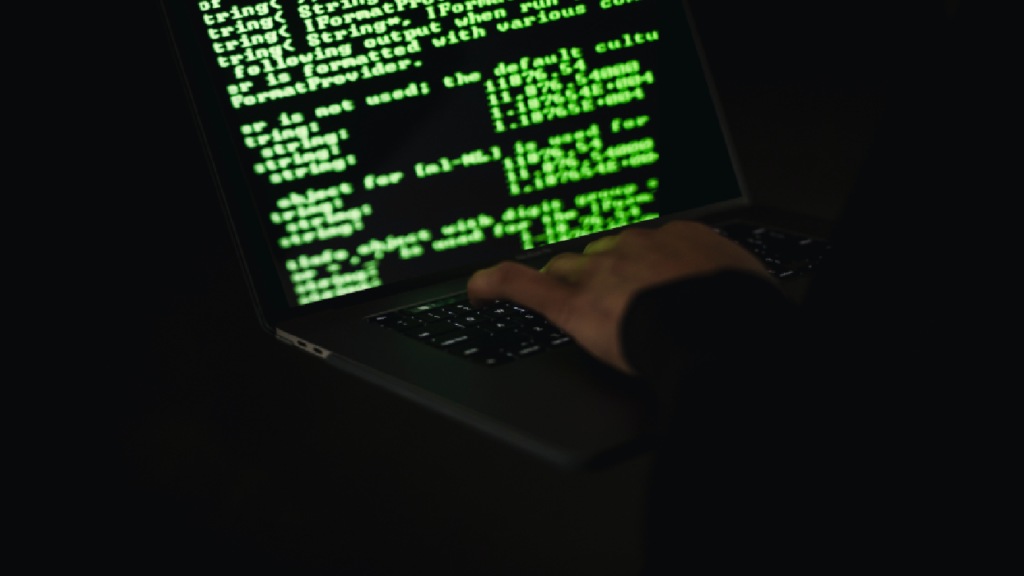
Forensic Informatics is a branch of science that deals with the detection, investigation, and preparation of computer-related crimes as evidence in court.
The workflow of the Forensic Informatics discipline can be summarized in the most basic way as Find the Evidence Collect Process Verify Interpret Use in Document
Forensic Informatics covers the subjects of computer analysis, Network analysis, Data analysis, Database inspection, Mobile inspection, Audio inspection, Video inspection, Photo inspection, Operating System inspection.
Forensic Informatics subtopics
- Password Cracking
- Data Recovery
- Software Based Recovery
- File Recovery
- Folder Recovery
- Format Recovery
- Contagion
- Data destruction
- Data deletion
- Data conversion
- Data storage
- Knows their order as data hiding

Cybercrimes can be examined in 3 sub-categories.
Computer Crimes, Internet Crimes and Cyber Terrorism
Forensic Informatics is regulated in Article 134 of the Criminal Procedure Law with the heading of Searching, Copying and Seizure in Computers, Computer Programs and Storage Areas.
In the light of forensic informatics, crime and criminals are fought, crimes committed are proven and innocent persons and persons who are not related to the crime are protected.
Accordingly, the Judge may decide to apply the procedures specified in the law on the suspect’s information systems, upon the request of the Public Prosecutor, on the condition that there is no opportunity to obtain evidence in an investigation carried out for a crime.
Forensic Informatics Studies It covers all of the laboratory studies carried out during the period until the presentation of an electronic evidence taken at the crime scene to the Court, protecting the information obtained, transferring the information, storing, scanning, examining and presenting it to the court.
Clarifying how each part of the case to the Community of Facts constituting the subject matter of the Court is based on evidence is possible.
They have the duty and responsibility to obtain legal evidence, examine information devices, recover deleted data, examine and analyze data, search on data, document all transactions.
In the early days of forensic investigations, the files obtained were usually simple files such as Text files, worksheets and images.
File types used today are encrypted, compressed or processed with stenographic techniques.





